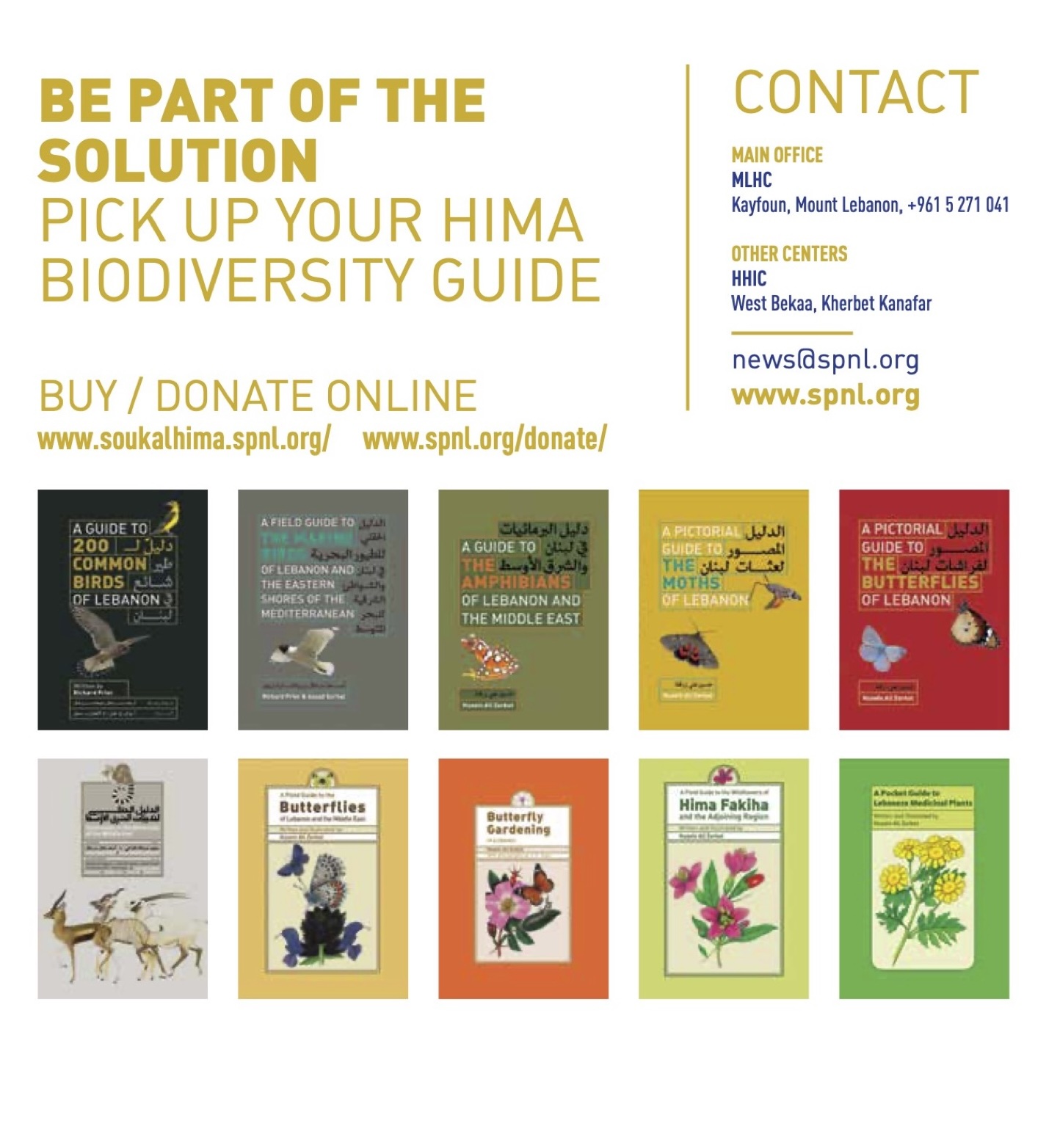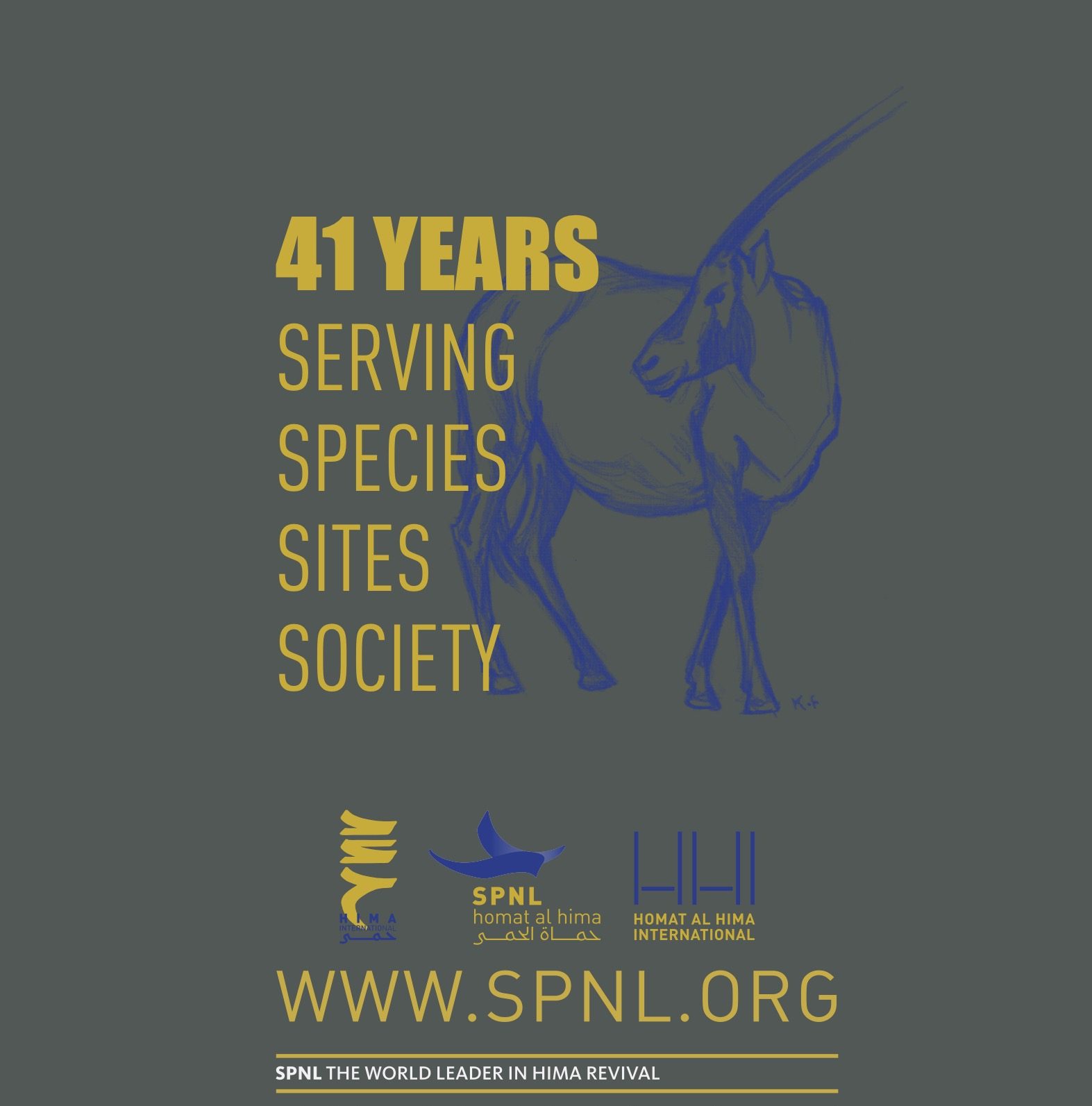By Fouad Itani
The common myna (Acridotheres tristis) is a large stocky starling from the Sturnidae family. It measures 23 cm in length, with a wingspan of 40 cm, and an average weight of 120 g.
The common myna has a chocolate brown body, a black glossy hood and a yellow patch behind the eye. It has white patches on the wings which are visible during flight , a white-tipped black tail, and yellow bill and legs. Both sexes are similar in appearance with the male being slightly largerr.
The common myna is a territorial bird of open woodland that has adapted well to urban environments. It is found in open countries such as cultivated areas and grasslands, and close to human habitation like in towns and cities, around parks, and refuse dumps.

The common myna is native to Asia with its initial range extending from Iran to China. However the range of this invasive species is increasing rapidly due to the introduction of this bird in different parts of the world. In 2000 the IUCN Species Survival Commission declared the common myna to be one of the world’s most invasive species that pose an impact to biodiversity, agriculture and human interests.
The common myna is an opportunist omnivorous bird that consumes a wide variety of food, including reptiles, small mammals, frogs, snails, birds’ eggs, seeds, grain , fruits and discarded waste from human habitation.
Common mynas usually pair for life. They build their nest in a hole in a tree or wall using various material that might include twigs, roots, tow, tissue paper, tin foil and rubbish. They lay an average of 5 eggs, the incubation period is 18 days and fledging period is normally three weeks.

In Lebanon the common mynas resident population is believed to have originated from escapes, some argue that this species was introduced in the downtown area back in the late 90’s. The common myna population is concentrated in the Capital Beirut, but being an invasive species it is expanding its range slowly towards other cities. Will the Myna be listed as a game birds in order to control its expansion and protect our native species?
Red List Category

This species has an extremely large range, and hence does not approach the thresholds for Vulnerable under the range size criterion (Extent of Occurrence <20,000 km2 combined with a declining or fluctuating range size, habitat extent/quality, or population size and a small number of locations or severe fragmentation). The population trend appears to be increasing, and hence the species does not approach the thresholds for Vulnerable under the population trend criterion (>30% decline over ten years or three generations). The population size has not been quantified, but it is not believed to approach the thresholds for Vulnerable under the population size criterion (<10,000 mature individuals with a continuing decline estimated to be >10% in ten years or three generations, or with a specified population structure). For these reasons the species is evaluated as Least Concern.Population size: unknown
Population trend: Increasing
Distribution size (breeding/resident): 18,000,000 km2
Country endemic: No
Attributes
Realm – Indomalayan
Realm – Palearctic
IUCN Ecosystem — Terrestrial biome
Recommended citation
BirdLife International (2017) Species factsheet: Acridotheres tristis. Downloaded from http://www.birdlife.org on 15/02/2017. Recommended citation for factsheets for more than one species: BirdLife International (2017) IUCN Red List for birds. Downloaded from http://www.birdlife.org on 15/02/2017.
Click here for more information about the Red List categories and criteria






